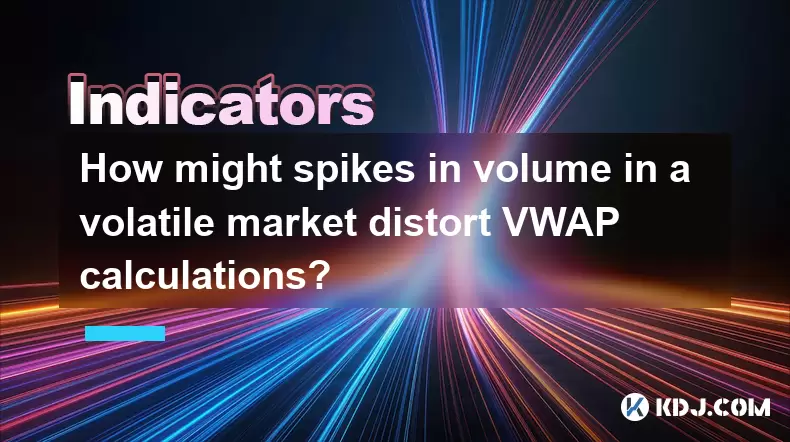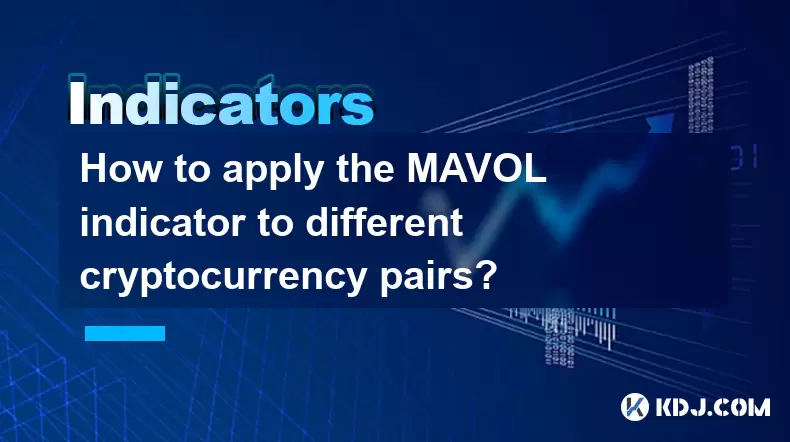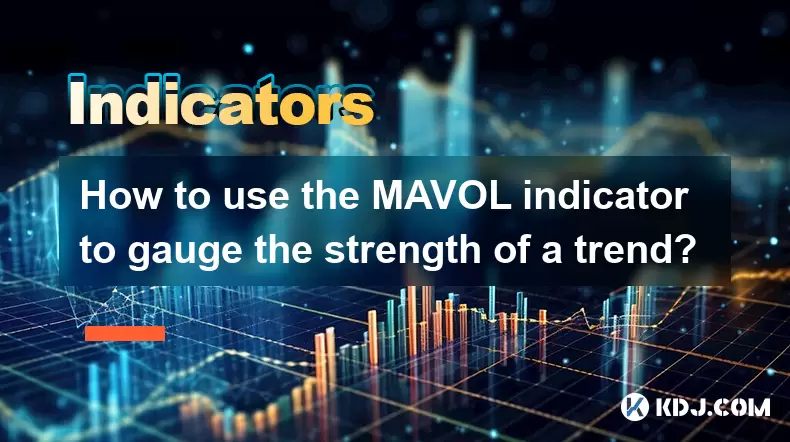-
 Bitcoin
Bitcoin $118400
0.47% -
 Ethereum
Ethereum $3836
2.20% -
 XRP
XRP $3.157
2.98% -
 Tether USDt
Tether USDt $0.9999
-0.03% -
 BNB
BNB $801.5
1.31% -
 Solana
Solana $180.9
2.07% -
 USDC
USDC $0.9999
-0.02% -
 Dogecoin
Dogecoin $0.2225
2.50% -
 TRON
TRON $0.3285
-1.02% -
 Cardano
Cardano $0.7789
2.60% -
 Hyperliquid
Hyperliquid $43.60
2.39% -
 Sui
Sui $3.892
4.41% -
 Stellar
Stellar $0.4229
3.34% -
 Chainlink
Chainlink $18.01
3.98% -
 Hedera
Hedera $0.2745
6.77% -
 Bitcoin Cash
Bitcoin Cash $582.3
3.38% -
 Avalanche
Avalanche $23.77
1.04% -
 Ethena USDe
Ethena USDe $1.001
0.01% -
 Toncoin
Toncoin $3.493
3.59% -
 Litecoin
Litecoin $110.0
2.48% -
 UNUS SED LEO
UNUS SED LEO $8.936
-0.37% -
 Shiba Inu
Shiba Inu $0.00001304
2.49% -
 Uniswap
Uniswap $9.999
1.09% -
 Polkadot
Polkadot $3.897
3.26% -
 Monero
Monero $308.6
-0.83% -
 Dai
Dai $0.9999
-0.01% -
 Bitget Token
Bitget Token $4.504
-0.04% -
 Pepe
Pepe $0.00001154
2.95% -
 Cronos
Cronos $0.1471
3.06% -
 Ethena
Ethena $0.6691
19.53%
How might spikes in volume in a volatile market distort VWAP calculations?
VWAP can be skewed by volume spikes in volatile crypto markets, leading to misleading signals; filtering outliers or using complementary tools like TWAP improves accuracy.
Jul 31, 2025 at 07:40 am

Understanding VWAP and Its Core Components
VWAP, or Volume-Weighted Average Price, is a trading benchmark that gives the average price a cryptocurrency has traded at throughout a specific time period, weighted by volume. It is widely used by traders and algorithms to assess the fair value of an asset during a session. The formula for VWAP is calculated as the sum of (price multiplied by volume) for each transaction divided by the total volume over the same period:
VWAP = Σ (Price × Volume) / Σ Volume
This metric is especially popular in high-frequency and institutional trading because it reflects both price and participation. When volume is consistent and price movements are relatively stable, VWAP serves as a reliable indicator of trend direction and execution efficiency. However, in volatile cryptocurrency markets, sudden spikes in volume can significantly disrupt the integrity of this calculation.
Impact of Volume Spikes on VWAP Accuracy
In a volatile market, large, abrupt volume surges—often triggered by news events, whale movements, or exchange outages—can heavily skew VWAP. Because VWAP is volume-weighted, transactions with abnormally high volume disproportionately influence the average. For instance, if a large sell order executes at a depressed price during a panic-driven selloff, the high volume of that trade will pull the VWAP sharply downward, even if the broader market quickly recovers.
- A single high-volume trade can outweigh dozens of smaller trades in the same timeframe.
- The distorted VWAP may no longer reflect the true consensus price.
- Traders relying on VWAP crossovers for entry or exit signals may receive false indications.
This distortion is especially problematic in low-liquidity altcoin markets, where a single large transaction can represent a significant portion of total volume.
How Volatility Amplifies the Distortion Effect
Cryptocurrency markets are inherently more volatile than traditional financial markets. Price swings of 10% or more within minutes are not uncommon. When high volatility coincides with volume spikes, the VWAP becomes even more unstable. Rapid price changes during high-volume periods mean that the price component in the VWAP formula fluctuates wildly, and when multiplied by large volumes, the resulting weighted average becomes unreliable.
- During a flash crash, volume spikes at low prices inflate the downward weight in VWAP.
- In a pump event, a surge of buying volume at escalating prices can artificially inflate VWAP.
- The timeframe granularity (e.g., 5-minute vs. 1-hour candles) affects how much weight these spikes carry.
For example, on a 5-minute chart, a sudden 10x volume spike in one bar will dominate that interval’s VWAP, potentially misrepresenting the average price for the entire period.
Operational Steps to Mitigate VWAP Distortion
Traders can take specific steps to reduce the impact of volume spikes when using VWAP as a decision-making tool. These involve filtering data inputs and adjusting calculation parameters.
- Apply volume filters to exclude trades exceeding a certain threshold (e.g., trades over 5 standard deviations from average volume).
- Use trimmed VWAP, where the highest and lowest volume transactions are removed before calculation.
- Switch to VWAP with standard deviation bands to identify when the price is deviating abnormally due to skewed volume.
- Implement multi-timeframe VWAP analysis to compare short-term distortions against longer-term trends.
To manually calculate a filtered VWAP:
- Collect all trade data (price and volume) for the period.
- Calculate the average volume and standard deviation.
- Exclude any trade where volume exceeds mean + 2σ.
- Recalculate VWAP using the cleaned dataset.
Many trading platforms and APIs, such as TradingView or Binance API, allow custom script creation to automate this filtering process.
Real-World Example: VWAP Distortion During a Crypto Flash Crash
Consider a scenario on Binance involving ETH/USDT. Over a 30-minute window, ETH trades steadily around $3,000 with moderate volume. Then, a large leveraged position is liquidated, triggering a cascade of stop-loss orders. Within two minutes, volume spikes 15x normal levels, and the price drops to $2,700 before rebounding to $2,950.
The raw VWAP for the 30-minute period now reflects a much lower average—perhaps $2,880—due to the heavy weighting of the $2,700 trades. However, this value does not represent the typical trading price for most of the session. Traders using VWAP as support may incorrectly assume the market is bearish, when in reality, the distortion came from a temporary liquidity crunch.
This example illustrates how VWAP can become a lagging and misleading indicator when volume anomalies occur.
Alternative Metrics to Complement VWAP in Volatile Conditions
To counteract VWAP distortion, traders often combine it with other tools that are less sensitive to volume extremes.
- Time-Weighted Average Price (TWAP): Averages price over time, not volume, making it immune to volume spikes.
- Market Depth Analysis: Shows real-time bid-ask imbalances, helping assess true supply and demand.
- Volume Profile: Identifies price levels with the highest historical trading activity, offering context beyond a single average.
- EMA of VWAP: Applying an exponential moving average to VWAP smooths out sudden jumps.
Using VWAP alongside volume profile, for instance, allows traders to see whether a volume spike occurred at a historically significant price level or in a low-activity zone, adding context to the distortion.
Frequently Asked Questions
Can VWAP be recalculated in real time to exclude anomalous trades?
Yes. Many algorithmic trading platforms support real-time data filtering. By setting thresholds for volume or price deviation, traders can dynamically exclude outlier trades from the VWAP calculation. This requires access to granular tick data and custom scripting, available on platforms like MetaTrader, TradingView (Pine Script), or Python-based bots using WebSocket APIs.
Does VWAP distortion affect all cryptocurrencies equally?
No. Major cryptocurrencies like BTC and ETH have deeper liquidity, so volume spikes have a relatively smaller impact. In contrast, low-market-cap altcoins are far more susceptible because a single large trade can represent a significant portion of total volume, making VWAP highly unstable.
Is VWAP more reliable on longer timeframes during volatile periods?
Generally, yes. On longer timeframes (e.g., 1-hour or 4-hour), the influence of a short-term volume spike is diluted by the larger volume base. However, if the spike occurs during a major market event (e.g., FOMC announcement), even longer periods can show noticeable distortion.
Can exchanges manipulate VWAP through volume spikes?
While direct manipulation is difficult to prove, wash trading or pump-and-dump schemes can artificially inflate volume at certain prices, thereby distorting VWAP. Traders should use on-chain data and exchange transparency tools to verify the legitimacy of volume surges.
Disclaimer:info@kdj.com
The information provided is not trading advice. kdj.com does not assume any responsibility for any investments made based on the information provided in this article. Cryptocurrencies are highly volatile and it is highly recommended that you invest with caution after thorough research!
If you believe that the content used on this website infringes your copyright, please contact us immediately (info@kdj.com) and we will delete it promptly.
- BCH, FET, BlockDAG: Decoding the Crypto Buzz
- 2025-08-01 01:16:37
- Dogecoin to the Moon? Analyzing the Potential for a New All-Time High
- 2025-08-01 00:32:48
- Silver, Gold, and Finish: Spotting the Trends in Precious Metals
- 2025-08-01 00:32:48
- Ozak AI: Can This Underdog Crypto Achieve a Bull Run to $1?
- 2025-07-31 22:30:12
- Coinbase Breach: Navigating Insider Risk and Bolstering Security
- 2025-07-31 23:11:55
- Bitcoin Rebounds, WeWake Presale Gains Traction: What's the Buzz?
- 2025-07-31 22:30:12
Related knowledge

What does it signify when the MACD crosses below the zero line?
Aug 01,2025 at 01:43am
Understanding the MACD IndicatorThe Moving Average Convergence Divergence (MACD) is one of the most widely used technical analysis tools in the crypto...

How does the MACD histogram show momentum?
Aug 01,2025 at 01:16am
Understanding the MACD Histogram and Its Role in Cryptocurrency TradingThe MACD histogram is a visual representation of the difference between the MAC...

What is a MACD crossover?
Jul 31,2025 at 11:52pm
Understanding the Role of Private Keys in Cryptocurrency SecurityIn the world of cryptocurrency, private keys are the cornerstone of ownership and con...

How can you use the MACD histogram to determine trend strength?
Jul 31,2025 at 11:10pm
Understanding the MACD Histogram and Its ComponentsThe MACD (Moving Average Convergence Divergence) histogram is a visual representation of the differ...

How to apply the MAVOL indicator to different cryptocurrency pairs?
Aug 01,2025 at 12:43am
Understanding the MAVOL Indicator in Cryptocurrency TradingThe MAVOL indicator, short for Moving Average Volume, is a technical analysis tool that app...

How to use the MAVOL indicator to gauge the strength of a trend?
Jul 31,2025 at 09:57pm
Understanding the MAVOL Indicator in Cryptocurrency TradingThe MAVOL indicator, short for Moving Average of Volume, is a technical analysis tool widel...

What does it signify when the MACD crosses below the zero line?
Aug 01,2025 at 01:43am
Understanding the MACD IndicatorThe Moving Average Convergence Divergence (MACD) is one of the most widely used technical analysis tools in the crypto...

How does the MACD histogram show momentum?
Aug 01,2025 at 01:16am
Understanding the MACD Histogram and Its Role in Cryptocurrency TradingThe MACD histogram is a visual representation of the difference between the MAC...

What is a MACD crossover?
Jul 31,2025 at 11:52pm
Understanding the Role of Private Keys in Cryptocurrency SecurityIn the world of cryptocurrency, private keys are the cornerstone of ownership and con...

How can you use the MACD histogram to determine trend strength?
Jul 31,2025 at 11:10pm
Understanding the MACD Histogram and Its ComponentsThe MACD (Moving Average Convergence Divergence) histogram is a visual representation of the differ...

How to apply the MAVOL indicator to different cryptocurrency pairs?
Aug 01,2025 at 12:43am
Understanding the MAVOL Indicator in Cryptocurrency TradingThe MAVOL indicator, short for Moving Average Volume, is a technical analysis tool that app...

How to use the MAVOL indicator to gauge the strength of a trend?
Jul 31,2025 at 09:57pm
Understanding the MAVOL Indicator in Cryptocurrency TradingThe MAVOL indicator, short for Moving Average of Volume, is a technical analysis tool widel...
See all articles

























































































